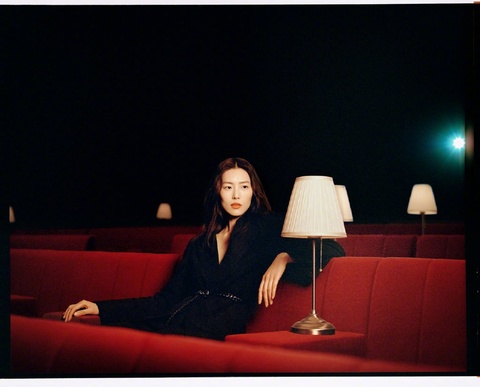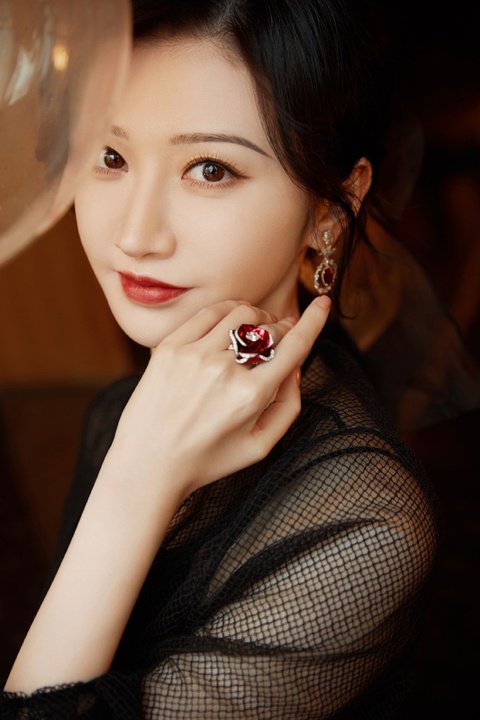Introduction
Have you ever wondered if an AI language model such as GPT-3 can also possess artistic skills in addition to its incredible ability to generate texts? While the primary purpose of GPT-3 is to generate human-like texts, many people have questioned whether it could also produce art like sketches, illustrations, and paintings. In this article, we will explore the question of whether chatbot-powered AI language models such as GPT-3 can use their Neural Networks to create art and express creativity.
The role of AI in Art
The application of Artificial Intelligence in the field of art has been a subject of research for years. AI can be used to generate art through processes like generative adversarial networks (GANs) and machine learning algorithms. These processes learn from existing art, and the resulting pieces of artwork are often innovative and exciting.
The Challenges AI faces in Creating Art
Despite the significant progress in AI technology, there are still significant challenges when it comes to using AI to create art. One of the significant challenges is the inability of AI to understand the context of art. Often time, art is an expression of human emotions, which is something that has not been learned by AI yet.
Another challenge of AI in creating art is that it still lacks the conceptual and imaginative ability to create something entirely new from scratch. For instance, when creating something like a portrait of human face, AI can only mimic what it has learned from existing images rather than creating something that does not exist.
Can chatbot-powered AI language Models create Art?
Chatbot-powered AI language models such as GPT-3 have demonstrated the ability to create text that is indistinguishable from human-generated content. However, the question remains if these machines can also create art.
Studies have shown that AI language models can learn to draw simple shapes. For instance, a team at Brown University trained GPT-3 to create drawings of fruits and vegetables. The results of the training were impressive, and GPT-3 could produce human-like sketches of apples, pears, and other fruits and vegetables accurately.
Another example is the results of a recent study in which an AI-powered robot named Ai-Da created a series of artworks that mimicked the style of famous artists such as Van Gogh, Monet, and even Leonardo da Vinci. The process involved teaching the robot to create art based on historical works and allowing the AI to create unique pieces based on what it had learned.
The Future of AI in Art
The future of AI in art is limitless. As technology continues to advance, we can expect to see more AI-powered systems that can create art that is both novel and awe-inspiring. There is still much work to be done to overcome the challenges faced by AI in this field. However, we can expect that AI-powered art will become more prevalent in the future as AI technology continues to evolve.
Conclusion
In conclusion, chatbot-powered AI language models such as GPT-3 can create art, although the creations may be limited to simple sketches and imitations of pre-existing art. As technology continues to advance, AI may overcome some of the challenges that it currently faces and become a more powerful tool in the world of art. AI has the potential to open up new avenues of creativity, and we are excited to see what the future holds.



